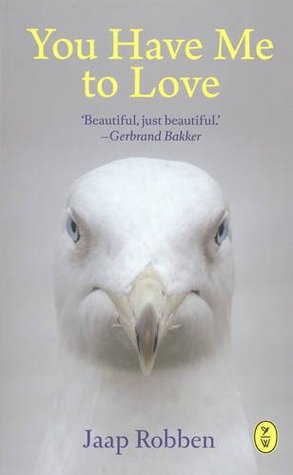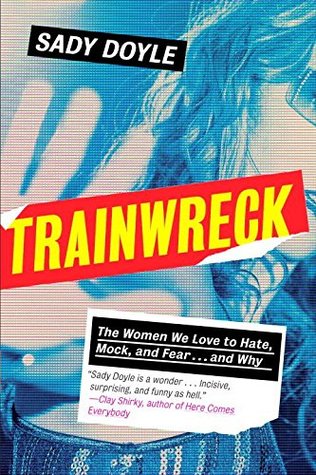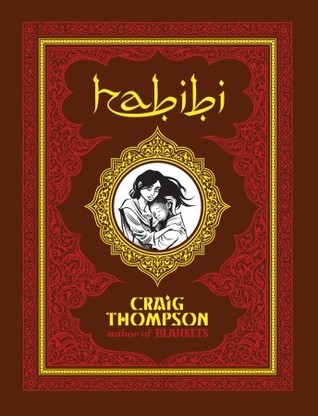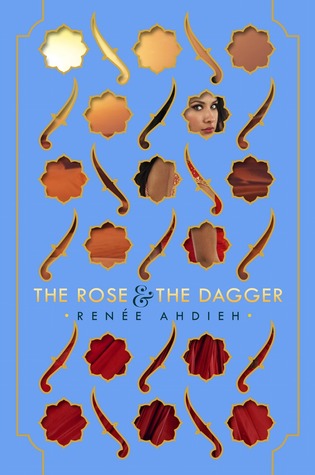One of the highlights this week was I got a São Paulo public library card! I plan to write about that in a different post, but I'm happy that my reading possibilities have expanded :) Like always, I'm in the middle of like five books (official count... unofficial is closer to 10) and finished three.
A Wild Sheep Chase by Haruki Murakami
This is the third book in The Rat series (a nickname of one of the characters is The Rat), but it is only vaguely connected with the other two (Hear the Wind Sing, and Pinball). I mean, if you have read those two you will recognize some characters and places, but all three of the books stand alone. A Wild Sheep Chase is the best of the three so far, but there is a fourth and final book in the series (Dance Dance Dance).
In this book, a typical Murakami dude (single, likes sex but has trouble maintaining relationships with women, drinks a lot, has an unremarkable life, no close friendships, likes playing vinyl records) is told by a mysterious stranger that he has to find a specific special sheep, OR ELSE. So it’s almost like a detective novel, revolving around a sheep, a suicide, and a whole bunch of weird &$#% near the end.
I liked it, but my favorite Murakamis are still 1Q84 and Kafka on the Shore. I feel like I read about five Murakami books a year but never get any closer to accomplishing my goal of reading all of his works… Maybe 2017 will be the year.
Mafalda #1 by Quino
Mafalda is a much-beloved Argentine comic strip that ran from 1964 to ‘73. It was translated and published in many South American countries, including Brazil, and its themes of poverty and inequality, brain drain, inflation, corruption, political freedom, female empowerment, and world peace resonate even today. Mafalda is a young girl (like 5 years old), she has a mom and a dad (who remind me a lot of the mom and dad from Calvin and Hobbes), and she has a gang of friends comprised of a super-capitalist, a girl whose sole aim in life is to get married and have kids (frequent conversations revolve around trying to convince her to dream bigger), and an all-around normal boy. Mafalda herself is blunt, observant, and introspective, like Charlie Brown but with less pessimism. I’m reading in Portuguese and I'm proud of myself that I understood most of the punch lines and Silas only had to explain a couple. Humor is the last thing to be understood in a language. It’s cute and uplifting, and it reminds me to be content with life’s simple pleasures.

You Have Me to Love by Jaap Robben
I read this one for work (I’m doing an internship with a foreign rights agency!) — originally published in Dutch. A boy on an island has a dad who dies at sea, and then his mom goes crazy, and the boy is just trying to navigate puberty while being stuck on a tiny island with a crazy mom. He starts caring for a baby seagull by locking it up and forcing it to depend completely on the boy for food, which is a reflection of the oppressive care that his own mother gives him. I guess the message of the book is that people need to socialize with others in order to not go crazy.
Plot points happen quite abruptly (you find out the mom goes crazy from one page to the next), and I would have originally thought that it’s the author’s style, or maybe something got lost in translation. But I’ve read three Dutch books in the past month and I now would say that it’s a cultural preference or an aesthetic that is pretty different from what I am used to reading. It’s not bad, but it’s just different. These three books all had me like:
I’m glad that I’m getting the opportunity to read so many different types of stories. Until next week!









